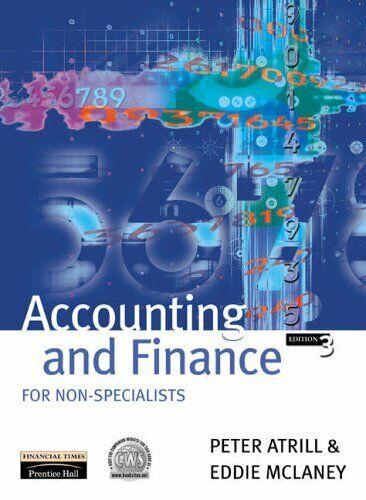Answered step by step
Verified Expert Solution
Question
1 Approved Answer
its a linear programming problem 2. A manufacturer has the capacity of producing two different devices (device A and B). There are three phases in

its a linear programming problem
2. A manufacturer has the capacity of producing two different devices (device A and B). There are three phases in the production of these two devices, the first is the construction of the components for the devices, the second is the assembly of the units, and the third is the final finish of the devices before it is packed up and shipped to the customer. For each unit of device A it takes 2 hours to create the components, 7 hours to assemble the device, and 7 hours for finishing for a profit of $3,100. For each unit of device Bit takes 9 hours to create the components, 5 hours to assemble the device, and 4 hours for finishing for a profit of $2,100. Each day there are 280 hours available for the construction of the components, 260 hours available for the assembly of the devices, and 240 hours available for the finishing of the devices. Find the number of devices of A and B that they should create each day to maximize profit. Show all the necessary steps needed to solve this problem. You may use your calculator's graphing functions to help solve this problem. Your final answer should be in the form of a sentence. Organization and neatness counts! The solution to this problem is worth 20 points Step by Step Solution
There are 3 Steps involved in it
Step: 1

Get Instant Access to Expert-Tailored Solutions
See step-by-step solutions with expert insights and AI powered tools for academic success
Step: 2

Step: 3

Ace Your Homework with AI
Get the answers you need in no time with our AI-driven, step-by-step assistance
Get Started


